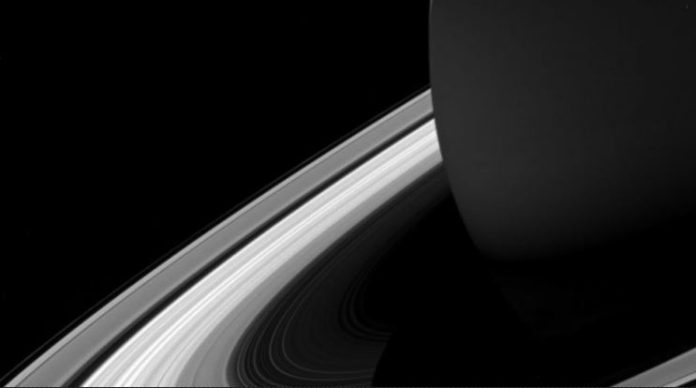
May 14 (UPI) — The dynamic rings around Saturn are much younger than originally thought, with new research from the University of Colorado putting their age at 400 million years compared to the planet’s age of about 4.5 billion years.
The research, led by physicist Sascha Kempf, associate professor in the Laboratory for Atmospheric and Space Physics at the University of Colorado, was published Friday in the scientific journal Science Advances.
Kempf and his fellow researchers determined an approximate date of Saturn’s rings by studying how rapidly a build-up of dust accumulated from Saturn onto its rings. He described it as telling how old a house is by running your finger along its surfaces.
“Think about the rings like the carpet in your house,” Kempf said. “If you have a clean carpet laid out, you just have to wait. Dust will settle on your carpet. The same is true for the rings.”
The researchers said that in cosmic terms, Saturn’s rings have only been around for a “blink of an eye” compared to the giant planet’s total life, making it a rather new addition.
“We know approximately how old the rings are, but it doesn’t solve any of our other problems,” Kempf said. “We still don’t know how these rings formed in the first place.”
From Galileo’s first observation of Saturn’s rings in 1610, scientists today believe that there are seven in total, comprising of chunks of ice, most no bigger than a boulder on Earth. The rings stretch almost 175,000 miles from the planet’s surface.
The original theory among most scientists is that the rings formed the same time the planet did. They believe that 98% of the rings are made up of pure water ice by volume with only a small amount of rock.
A 2018 study found that Saturn’s rings and nearly all of its moons have the same kind of water found on planet Earth.
The rings, though, maybe already shrinking with NASA scientists previously reporting that the ice is slowly raining down onto the planet and could disappear entirely in another 100 million years.
“If the rings are short-lived and dynamical, why are we seeing them now?” Kempf said. “It’s too much luck.”






